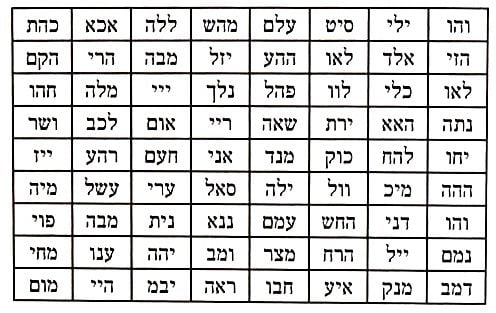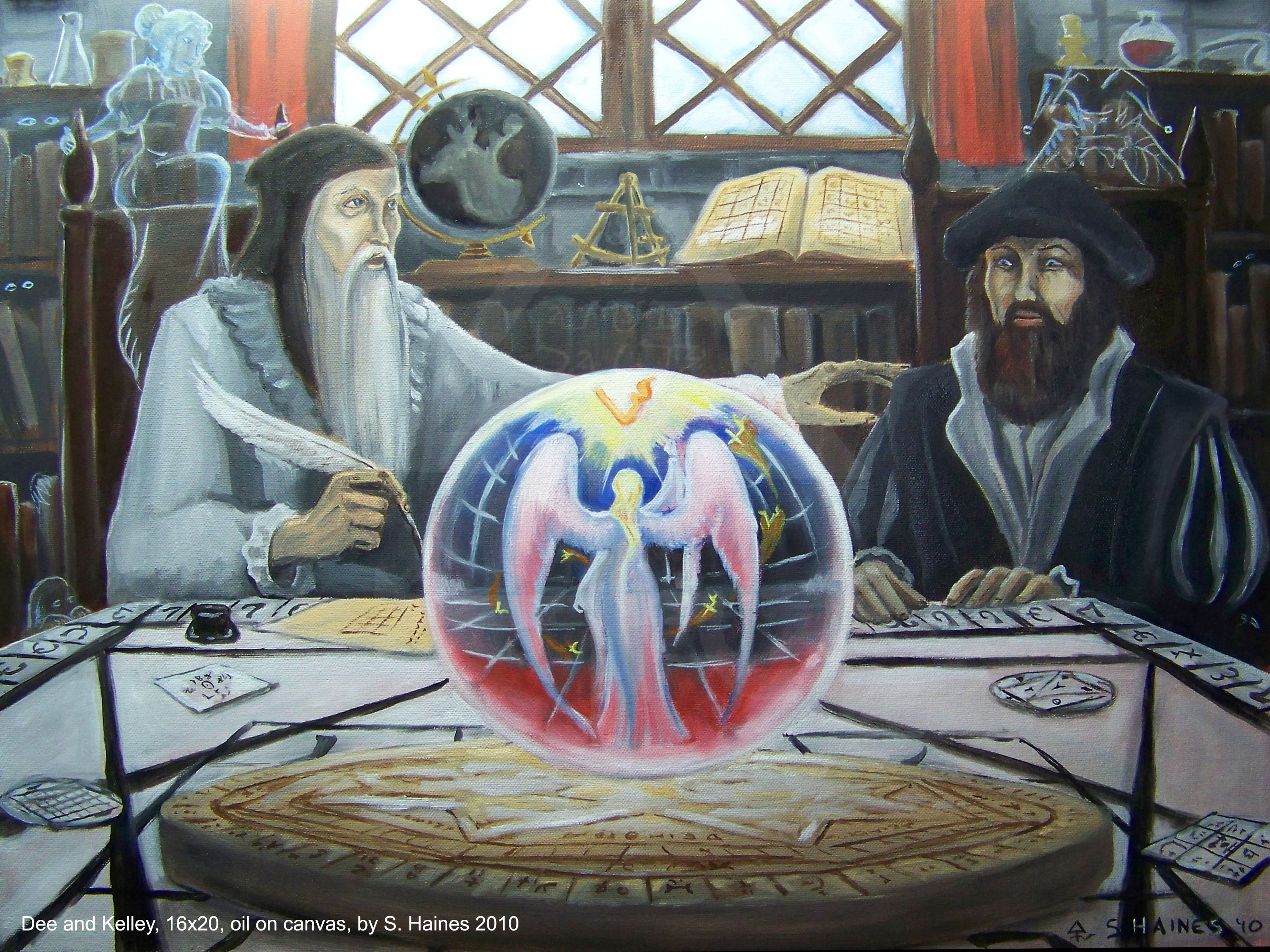Home › Forum Online Discussion › Practice › Ninja Runs Up a Wall!
- This topic has 4 replies, 1 voice, and was last updated 5 years, 7 months ago by
c_howdy.
-
AuthorPosts
-
November 2, 2019 at 10:02 am #59480
c_howdy
Participant November 5, 2019 at 4:14 pm #59485
November 5, 2019 at 4:14 pm #59485c_howdy
Participanthttps://www.youtube.com/watch?v=EL1Nvy6bMDs
72 Arts of Shaolin mentioned by Jin Jing Zhong
As some of the arts are literally translated from Chinese, which may not be intelligible to non-Chinese speaking people, I have changed some of the terms, without changing the meaning.
Some of the training is quite brutal, with pain and injury not an uncommon factor. For example, in the training of “Striking with Foot”, practitioners are required to kick at rocks with their toes until sending the rocks flying some distance away.
Diamond Finger
Twin Lock
Striking with Foot
Pulling out a Nail
Embracing a Tree
Art of Four Parts
One-Finger Zen
Iron Head
Iron Shirt
Art of Taking Blows
Iron Sweeping Leg
Bamboo-Leave Hand
Centipede Art
Water Chestnut Art
Immortal Palm
Hard-Soft Art
Red Sand Palm
Lying Tiger
Swimming Art
Thoudand-Pound Weight
Golden Bell
Finger Lock
Lohan Art
Lizard Art
Rod-Force Art
Lute Art
Comet Formation
Plum Flower Formation
Art of Stone Lock
Iron Arm
Bullet-like Fist
Art of Soft Bones
Art of Lifting Weight
Through-Curtain Art
Eagle Claw
Iron Bull
Eagle Wings
Sun-Ray Fist
Golden Cicada
Iron Bag Art
Art of Falling
Tortoise Back
Running Art
Light Body Art
Iron Knees
Jumping Art
Iron Palm
Running on Water
Drawing in Testicles
Iron Thrust
Stone Pillar Art
Sabre and Spear Cannot Penetrate
Art of Flying Star
Five-Poison Hand
Separating Water Art
Running on Walls
Art of Somersaults
Cypress Formation
Big Boss Elbows
Pinching Flower
Art of Pushing Mountain
Stone Saddle Art
Jade Belt Art
Well-Punching Fist
Sand Bag Arg
Pierce-Stone Finger
Pull-Mountain Art
Praying Mantis Claw
Stomach Art
Guan Yin Palm
Raising Pot Art
Golden Dragon Palmhttps://shaolin.org/shaolin/72-arts.html
 November 5, 2019 at 4:34 pm #59486
November 5, 2019 at 4:34 pm #59486c_howdy
Participant
Exodus 14:19-21 each contain 72 letters, an obviously rare phenomenon. The letters of these three verses can be arranged as 72 triplets of letters. But we are taught in Kabbala that if we reverse the order of the letters in the middle set, the 72 triplets become 72 “names” of G‑d.
The fact that each verse contains 72 letters means that they can be aligned in parallel, forming 72 triplets of letters. In this configuration, the Zohar states, the first verse is to be written in its proper order, since it represents G‑d’s loving-kindness, or a direct revelation of G‑d’s goodness. The second verse is to be written in reverse order, from the last letter to the first, since it represents G‑d’s severity, which is an indirect revelation of His goodness. Although tiferet is a blend of both chesed and gevura, the third verse is not to be written half in the proper order and half in reverse order, as one might expect. There are two reasons for this: (1) in tiferet, chesed dominates over gevura, and (2) as the ideal blend of chesed and gevura, tiferet is a direct revelation of G‑d’s goodness and glory rather than an indirect one.
-https://www.chabad.org/kabbalah/article_cdo/aid/1388270/jewish/72-Names-of-G-d.htm-

John Dee and Edward Kelley

 November 6, 2019 at 12:15 pm #59488
November 6, 2019 at 12:15 pm #59488c_howdy
Participanthttps://www.youtube.com/watch?v=1-YuZHxUXPE
-https://www.wingchunnews.ca/10-superpowers-that-monks-have-in-real-life/-
Superpower is a popular culture term for an imaginary superhuman ability. They are most frequently used in pulp magazines, comic books, science fiction, television programs, and films as the key attribute of a superhero. The concept originated in American comic books and pulp magazines of the 1930s and 1940s, and has gradually worked its way into other genres and media.
-https://en.wikipedia.org/wiki/Superpower_(ability)-
 November 7, 2019 at 12:17 am #59489
November 7, 2019 at 12:17 am #59489c_howdy
ParticipantHaragei (腹芸 or はらげい) is a Japanese concept of interpersonal communication. Literally translated, the term means “stomach art”, and it refers to an exchange of thoughts and feelings that is implied in conversation, rather than explicitly stated. In negotiation, haragei is characterised by euphemisms, vague and indirect statements, prolonged silences and careful avoidance of any comment that might cause offense. Information is communicated through timing, facial expression and emotional context, rather than through direct speech. It is sometimes considered a duplicitous tactic in negotiation to obfuscate one’s true intentions, which may cause haragei to be viewed with suspicion in the West. It can also be misconstrued by those with limited experience in the tactic.
-https://en.wikipedia.org/wiki/Haragei-

-
AuthorPosts
- You must be logged in to reply to this topic.
